What is Acute Respiratory Distress Syndrome?
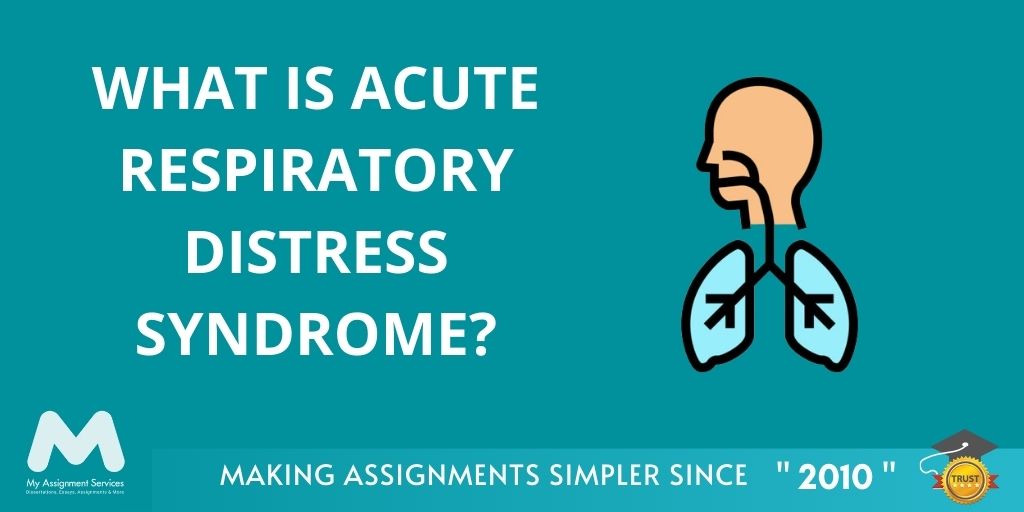
Respiratory disorders have become more prevalent in the population than ever before. Increasing pollution and climate change contribute to such conditions. These conditions might not be the origin of such health conditions, but they sure worsen for the patients. In this blog, we'll assess one such respiratory disorder.
ARDS is a health condition triggered by fluid discharge in the air sacs (alveoli) in the lungs. The fluid discharge obstructs the breathing cycle by exponentially decreasing the amount of oxygen intake. Lack of oxygen in the lungs further causes oxygen deficiency in the bloodstream and eventually the brain.
The prevalence of ARDS in Australia is 7-9 per 100,000 people in the urban population. - ABS (Australian Bureau of Statistics)
The organs need oxygen to function properly, and such a condition also causes organ failure.
People with severe injuries or the ones who are critically ill suffering from respiratory distress. The symptoms - severe shortness of breath - of ARDS develop within a few hours or a day of precipitating an infection or injury.
The chances of surviving an ARDS are very slim. The risk of fatality increases with age and the injury/infection severity. People who recover from this condition often suffer from lifelong damage to the lungs. There are only a few who recover completely. So now you know the acute respiratory distress syndrome definition. This condition is fatal and can be caused due to varying reasons, which we'll discuss in the following sections.
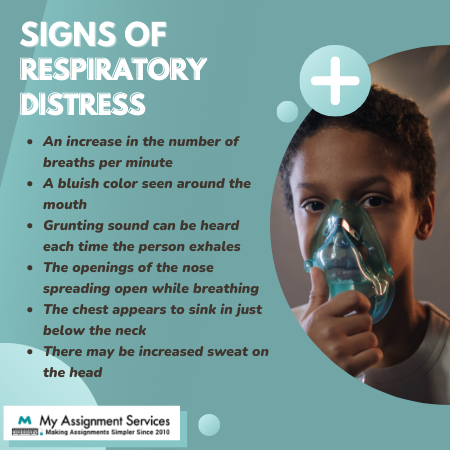
What causes acute Respiratory Distress Syndrome?
Technically, the primary cause of developing respiratory distress is fluid leakage from the blood vessels in the lungs. The discharge of blood from the vessels into the air sack causes damage to the membrane of the bronchioles and alveoli, which causes breathing issues. Here are more reasons why ARDS is caused:
Sepsis
A serious infection in the bloodstream due to the presence of harmful microbes is called sepsis. It is the most common reason for triggering respiratory stress.
Harmful Substance Inhalation
Such conditions are often caused by accidental inhalation of chemical fumes or smoke. Factory workers suffer through such accidents; severe aspiration due to inhalation of harmful substances or near-drowning incidents may also cause ARDS.
Severe Pneumonia
In case of severe pneumonia, the air sacs in the lungs swell up due to fluid or pus discharge in the lungs. So a pneumonia patient is at an elevated risk of developing respiratory distress.
Major injury to the head or chest
Falling or crashing into/onto a surface may cause damage to the lungs or brain. Injury to the head or brain causes acute respiratory distress syndrome due to blood discharge into the lungs or affecting a part of the brain that controls breathing function.
Covid-19
The major cause of death in Covid-19 was lung function failure. The reason for this was the coronavirus triggering respiratory distress in the infected person.
Other Causes
Massive blood transfusion, a third-degree burn, or pancreatic inflammation are a few other reasons that cause ARDS.
Most patients suffering from respiratory distress are hospitalised for other conditions and later develop the condition. People with a blood infection (sepsis) are at very high risk of ARDS. We learned the acute respiratory distress syndrome definition and the causes. This condition was the reason for many casualties during the pandemic, so awareness is the key to aiding people to access their condition and get timely help.
Did you know that your breathing pattern changes as per your mood? Our breathing evens out when we sleep, and we may feel shortness of breath due to anxiety.
As a nursing student, you will learn about these health conditions. It is also a part of the coursework assigned to nursing students to learn all the symptoms and diagnoses. If you face issues grasping such comprehensive knowledge, you may seek nursing assignment help from experts. Get in contact with our experts in just a few clicks; fill out the enrollment form to get starters.
What are the Symptoms of Respiratory Distress?
The signs of respiratory distress depend on the severity of an injury/infection. The symptoms are depicted as per the level of oxygen in the blood and the level of depletion. Some of the symptoms are:
- Shortness of breath
- Extreme tiredness
- Inability to carry out daily functions - showering, eating, etc.
- Bluish colour around the mouth or fingernails
- Grunting sound while breathing
- Chest sinking below the neck
- Sweating more than normal amounts
- Wheezing and feeling obstruction in the air passage
The lungs are responsible for removing upto 70% of the waste in our body. We exhale a large amount of CO2 throughout the day - The Breath Effect
These are a few common symptoms of acute respiratory distress syndrome, which may seem minor but can lead to a medical emergency. If you or anyone around you face such issues, they must consult a doctor. Knowing the symptoms is the key to acting on time and dodging a dire situation.
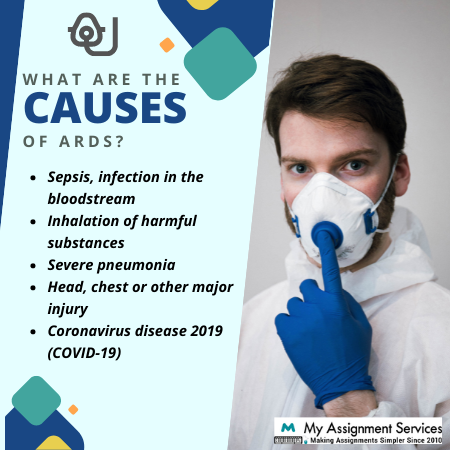
Can a Person Recover from ARDS?
As of now, there is no effective cure for this condition still, many recover based on the treatment they are provided. The treatment plan provides oxygen support until the lungs recover to enable the patient to breathe independently. Supportive care aims to deliver enough oxygen to the bloodstream and recover from the injuries caused by ARDS.
Ventilator support
Patients suffering from ARDS need supplemental oxygen. Also, sometimes only oxygen isn't enough, and increased oxygen levels may also damage the lung. Such patients are provided oxygen using a ventilator machine that extends airspaces that have closed down and help with breathing. The patient is supplied oxygen through a mask covering the nose and mouth and a tube injected into the windpipe.
Prone positioning
A patient usually lies on their back. But, ARDS patients are often turned over to lie on their stomachs for increased oxygen supply into the blood. This method is known as pruning, and it is effective in briefly increasing oxygen levels in the blood. Such tasks are challenging as patients are completely immobile, so they can't lay down on their stomachs for too long.
Sedation and medications to prevent movement
As per the acute respiratory distress syndrome definition, patients suffer from severe breathing issues. So, the ARDS patient often requires sedation to reduce breath shortness and control agitation. Such medications may cause paralysis and are needed to adjust the ventilator. Sedatives also ental consequential side effects and risks that require continual monitoring.
Fluid management
Physicians also prescribe ARDS patients a diuretic medication to increase urination levels to remove excess fluid from the body and stop fluid accumulation in the lungs. Diuretics must be taken in controlled amounts as excess fluid removal is also dangerous, causing kidney problems and low blood pressure.
ECMO (Extracorporeal membrane oxygenation)
It is a complex form of therapy that involves blood transfusion - a membrane that supplies oxygen, releases carbon dioxide, and infuses the blood into the system. This therapy involves many complications.
A ventilator is an advanced version of mechanical assistance for anaesthesia developed by John Haven Emerson in 1949. - Wikipedia
Patients suffering from acute respiratory distress syndrome need ventilation for prolonged periods. Minimum for seven to fourteen days. Further, doctors suggest a tube insertion into the windpipe by tracheotomy. It even takes more than two weeks for some patients to recover. But, once recovered, patients can breathe on their own without a ventilator machine support.
Nursing is a field that entails several challenges- from difficult assignments to long shifts. You will have to go through working long shifts in your nursing career, but we can definitely help you with your assignments. Get nursing assignment help at affordable prices and free academic resources. You can start by filling out the enrollment form to contact our subject-matter experts.
Related Study Materials
Our Experts can answer your Assignment questions instantly.
Ask Question0 Comment
![]()





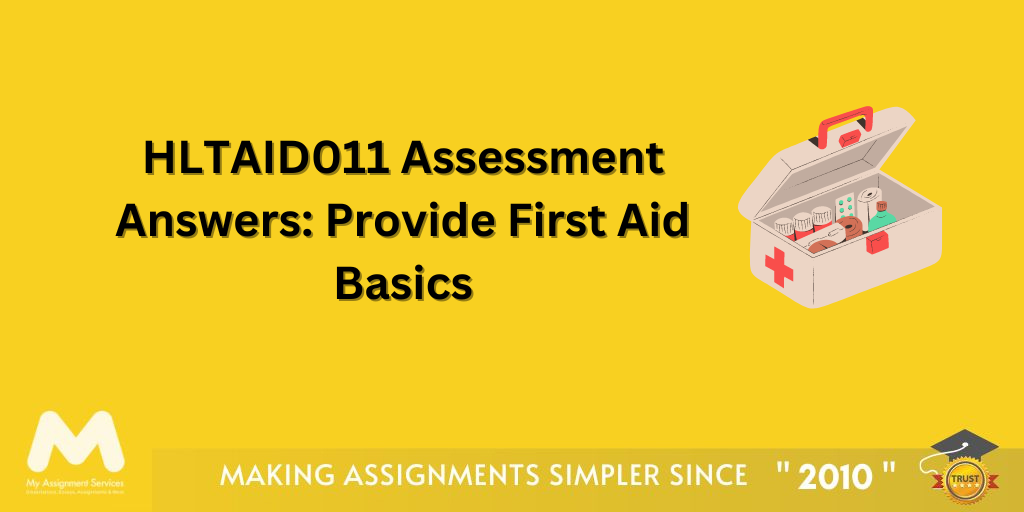

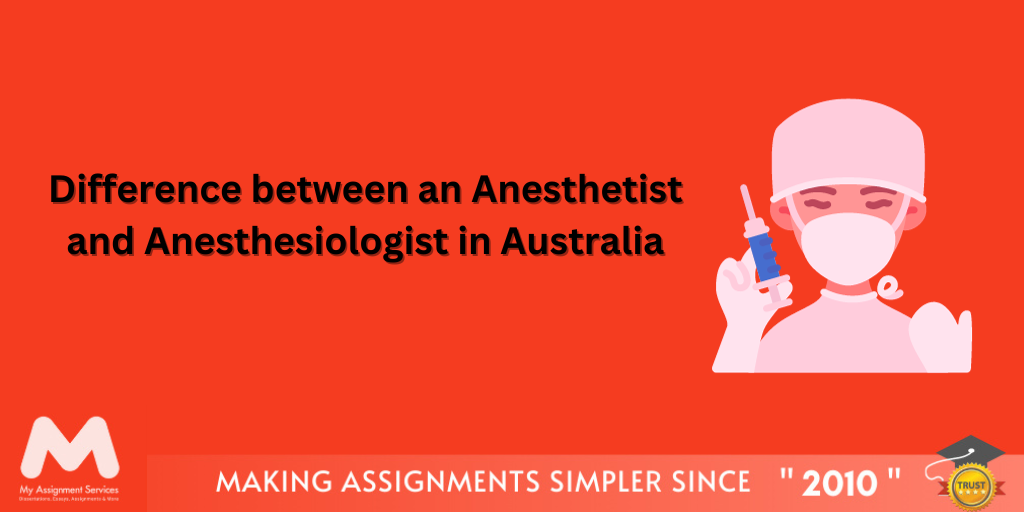

Loved reading this Blog? Share your valuable thoughts in the comment section.
Add comment